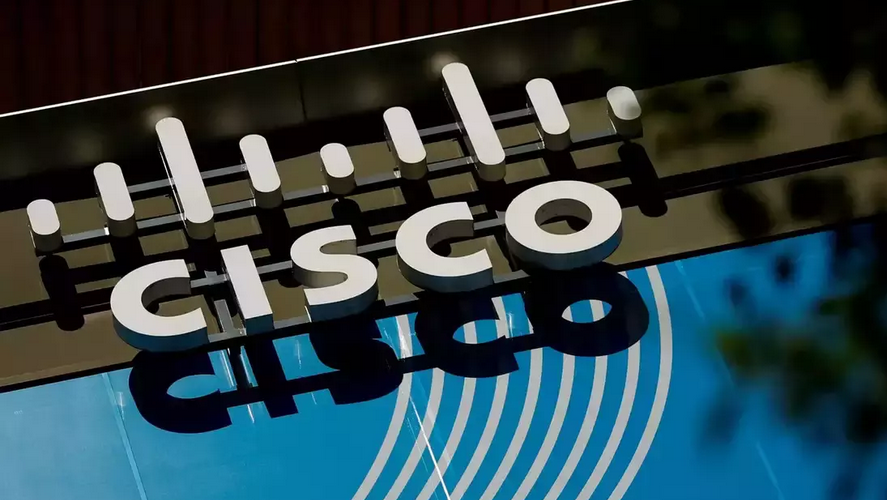RFC 1349 redefined bits 3 and 6 (expanding for ToS bits) to reflect a desired type of service optimization. Table 1-5 shows the ToS field …
IPv4 Header 3 – Internet Protocol Version 4 (IPv4) Design


RFC 1349 redefined bits 3 and 6 (expanding for ToS bits) to reflect a desired type of service optimization. Table 1-5 shows the ToS field …

Table 1-3 summarizes the fields of the IP header. Table 1-3 IPv4 Header Fields ToS The Type of Service (ToS) field of the IP header …

Network Address Translation (NAT) devices convert IP address space into globally unique IP addresses. NAT was originally specified by RFC 1631; the current specification is …

Subnetting plays an important part in IPv4 addressing. The subnet mask helps determine the network, subnetwork, and host part of an IP address. A network …

The development of an IP address plan or IP address subnet design is an important concept for a network designer. You should be capable of …

Given an address and a mask, you can determine the classful network, the subnetwork, and the subnetwork’s broadcast number. You do so with a logical …

Consider a company that has users in several buildings in a campus network. Building A has four floors, and building B has two floors, with …

Device network configuration parameters such as IP addresses, subnet masks, default gateways, and DNS server IP addresses can be assigned statically by an administrator or …

Dynamic Host Configuration Protocol (DHCP) provides a way to dynamically configure hosts on a network. Based on BOOTP, it is defined in RFC 2131 and …

This section covers the field of the IPv6 header. The IPv6 header is simpler than the IPv4 header. Some IPv4 fields have been eliminated or …